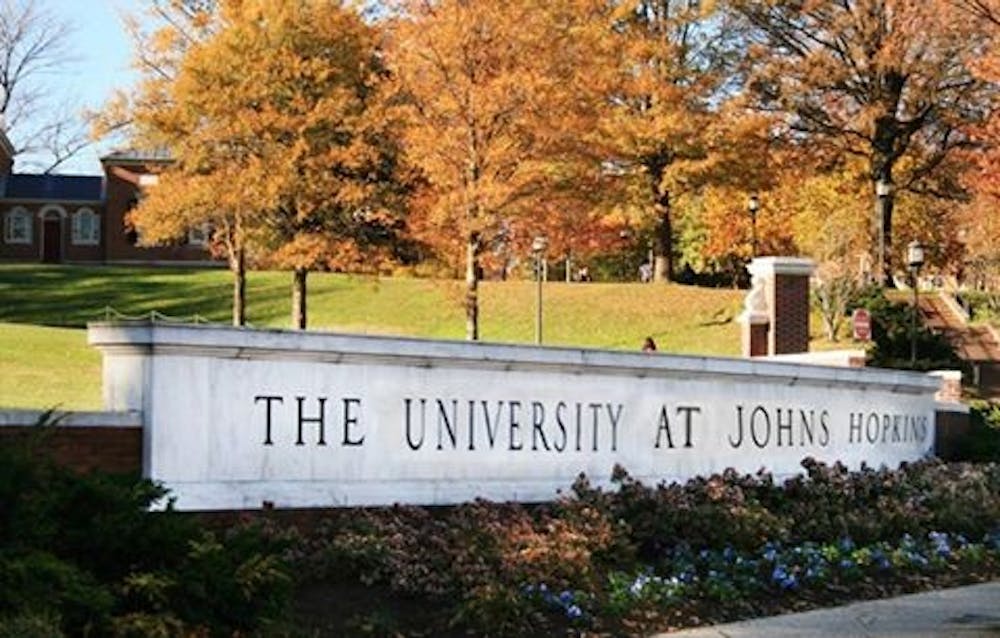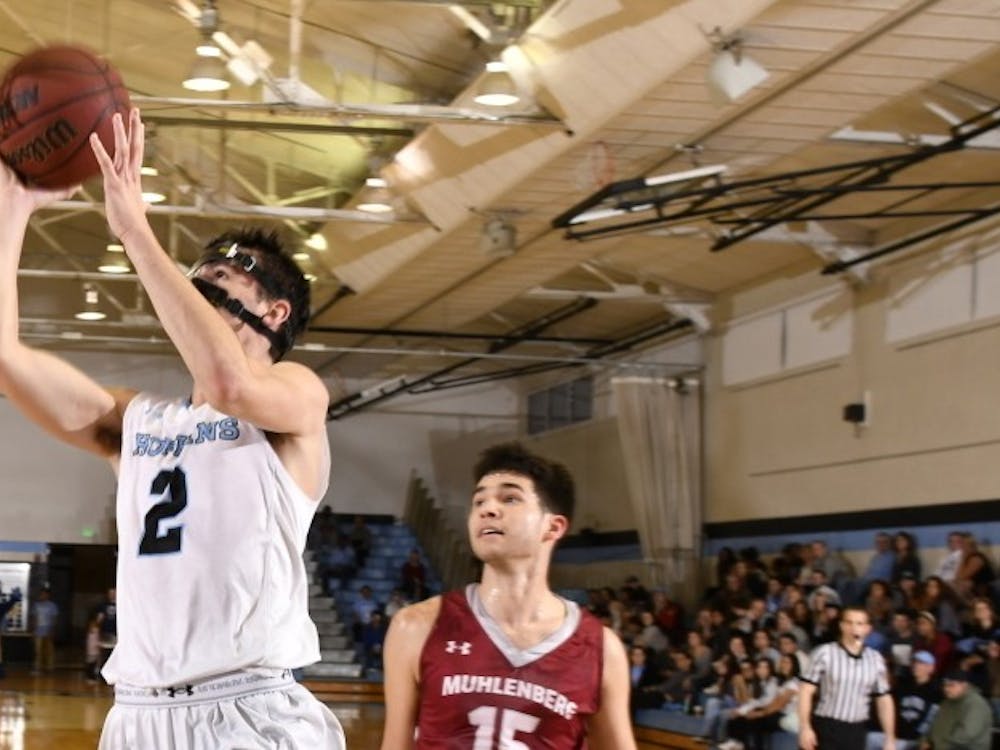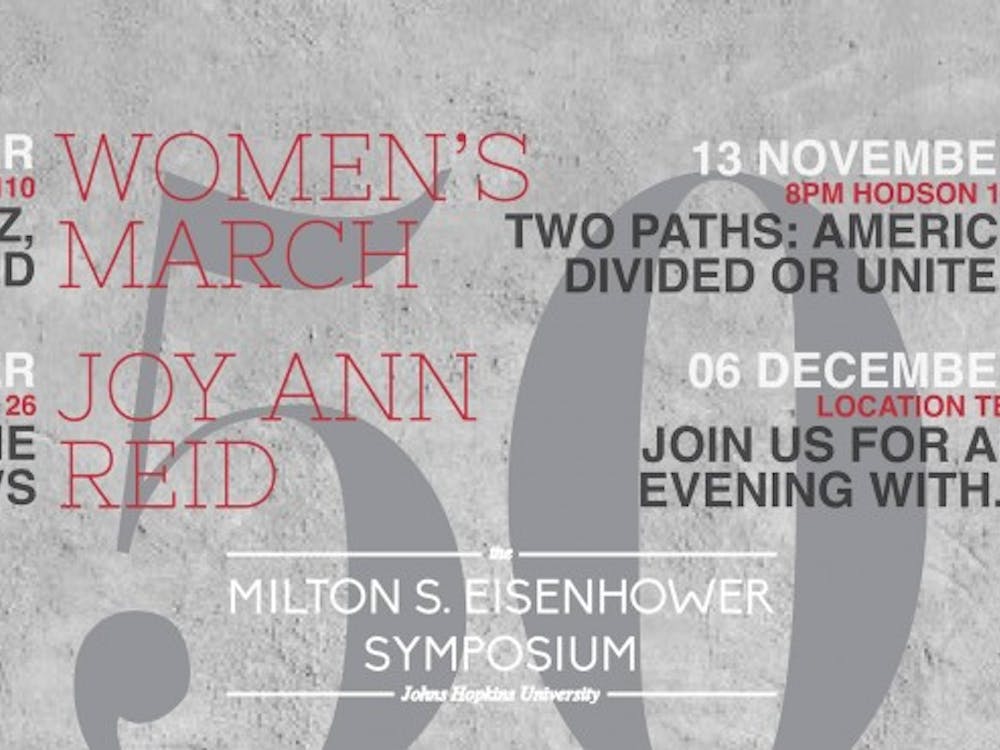APRIL FOOL'S: This article was published as part of The News-Letter's annual April Fool's edition, an attempt at adding some humor to a newspaper that is normally very serious about its reporting.
In response to the explosion of protests on campus, the administration has agreed to let student groups use the Johns Hopkins name and logo only by signing a contract with the payment of a $599.99 licensing fee.
Kristen E. Frankle, director of student leadership and involvement, oversees all student groups on campus. Frankle and her staff argue that the fee allows student groups to keep their current names while ensuring that the Hopkins brand is not used in a way that is unfavorable for the University — and helps the University make a quick buck.
“We wanted to have a win-win situation,” Frankle said. “What’s better than a revenue-generating scheme that increases school spirit?”
Students also signed a binding contract in which they agreed to allow the University to approve and license any designs created by the group as well charge future leaders of said student group in order to use the newly licensed designs.
An additional provision of the contract stipulates that the University will also be able to claim the accomplishments of the student groups as its own when it so chooses.
Frankle emphasized the benefit that this change would bring the administration, as it would ensure that any use of the Hopkins name or iconography would be stylized in approved ways.
“What if they tried to make a club T-shirt and wrote Hopkins in Helvetica font?” Frankle argued. “Can you imagine? Under this new policy, we will be able to stop that kind of mayhem from occurring.”
John Brighton, a senior math major, is unsatisfied with the administration’s response.
“It just doesn’t really make sense, does it?” Bright said. “Hopkins has to approve of all the clubs in the first place, so they can’t really say they don’t endorse them.”
Brighton criticized the administration for suggesting contracts as a solution to a problem he sees as the University’s increasingly capitalist outlook.
“Hopkins can’t pretend the students aren’t a part of their brand,” Brighton said. “And the sooner they recognize that, the sooner we all get to go back to when not caring about the administration’s hypocritical actions towards the greater Baltimore.”
Sarah Sarandon is the leader of the newly created “Hopkins against Hopkins” organization. She has organized students against the new policy. They have begun collecting support using social media such as Instagram and the Hopkins meme page.
So far, over 150 student groups have signed a petition asking the administration to forgo this policy change.
“I transferred here from a liberal arts school, so I more or less know my way around a student protest.” Sarandon said.
She spoke about the difficulties of planning protests with Hopkins students.
“It’s sometimes hard getting students to realize that their outrage, if they want to effect real change, is not enough,” Sarandon said. “That there is actually a time commitment that is needed in order for this protest to work, that change takes time and effort. As much as I enjoy them, it’s going to take more than a few scathing memes bashing the administration.”
Frankle, who suggests that the Hopkins against Hopkins group were behind the recent defacing of the university sign on North Charles street to read, “The University at Johns Hopkins,” does not plan on changing the administration’s current ruling.
“We believe that this contract is the perfect middle ground for all parties.” Frankle says. “It would allow Johns Hopkins to maintain complete control over its brand and students will be allowed to continue doing pre-approved club activities that the administration has determined will be unlikely to cause the school any liability problems,” Frankle said.
Students, un-mollified by this new policy, continue to campaign to be allowed to include the University name to identify their student groups.
“I hadn’t realized until now how important it was for me to have a creepy, anthropomorphic blue jay on all of my club merchandise until now.” Brighton said.





